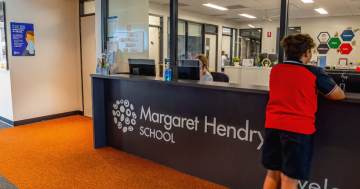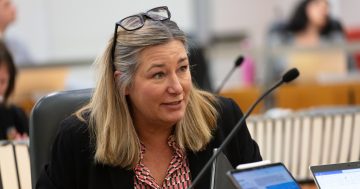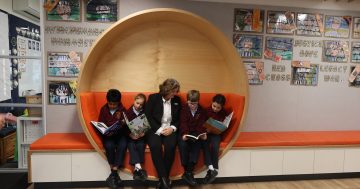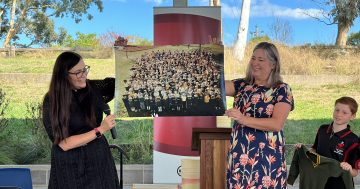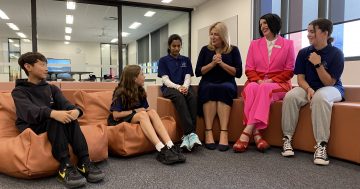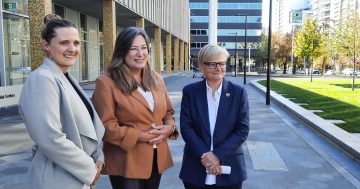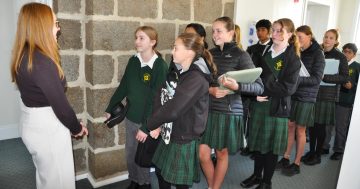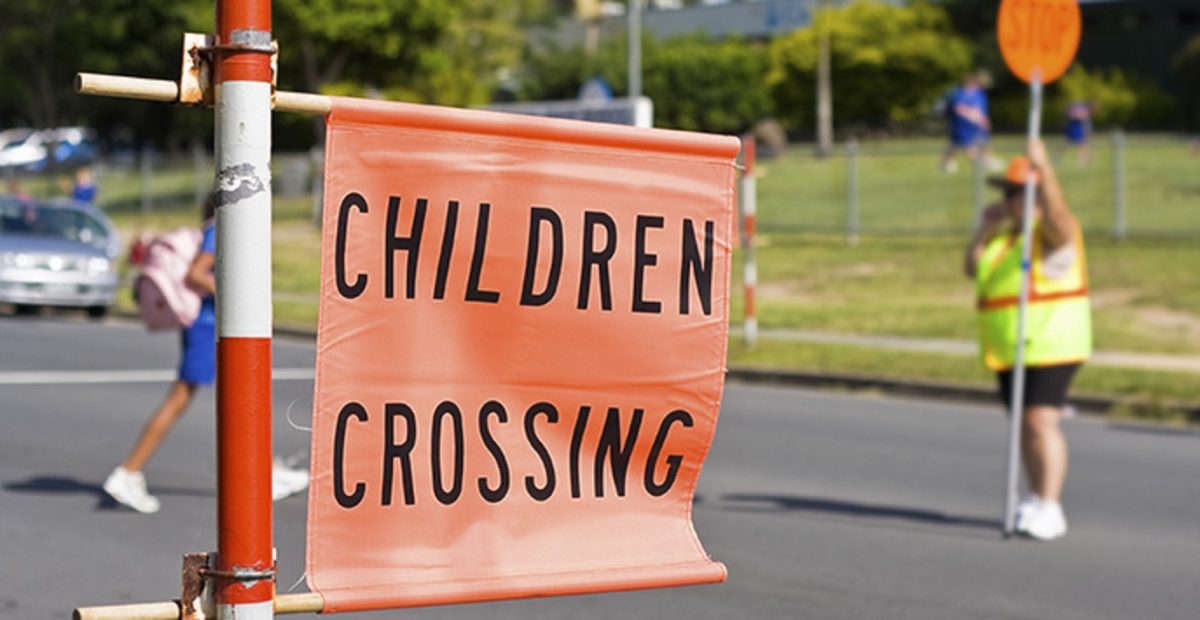
Thirty-four ACT public schools were forced to turn to remote learning in Term Two: ACT Policing.
It’s not the news parents, students or teachers wanted to hear, but the Territory’s Education Minister has warned that pandemic-induced disruptions to school will continue next term.
Health authorities are now predicting daily COVID-19 cases could triple to 3000 in the coming weeks.
A sombre Chief Health Officer Dr Kerryn Coleman has stopped short of reinstating mandates but on Monday (11 July) urged a return to mask-wearing and working from home where possible with the ACT’s caseloads last week sitting at a rolling mean of 900 to 1000 cases a day.
Last term, as many as 10 per cent of ACT public schools were required to send students home to learn remotely during the toughest weeks when cases averaged 850 to 950 a day.
It’s not clear how high that number will go if the Territory does, as predicted, hit an average of 2000 to 3000 cases a day.
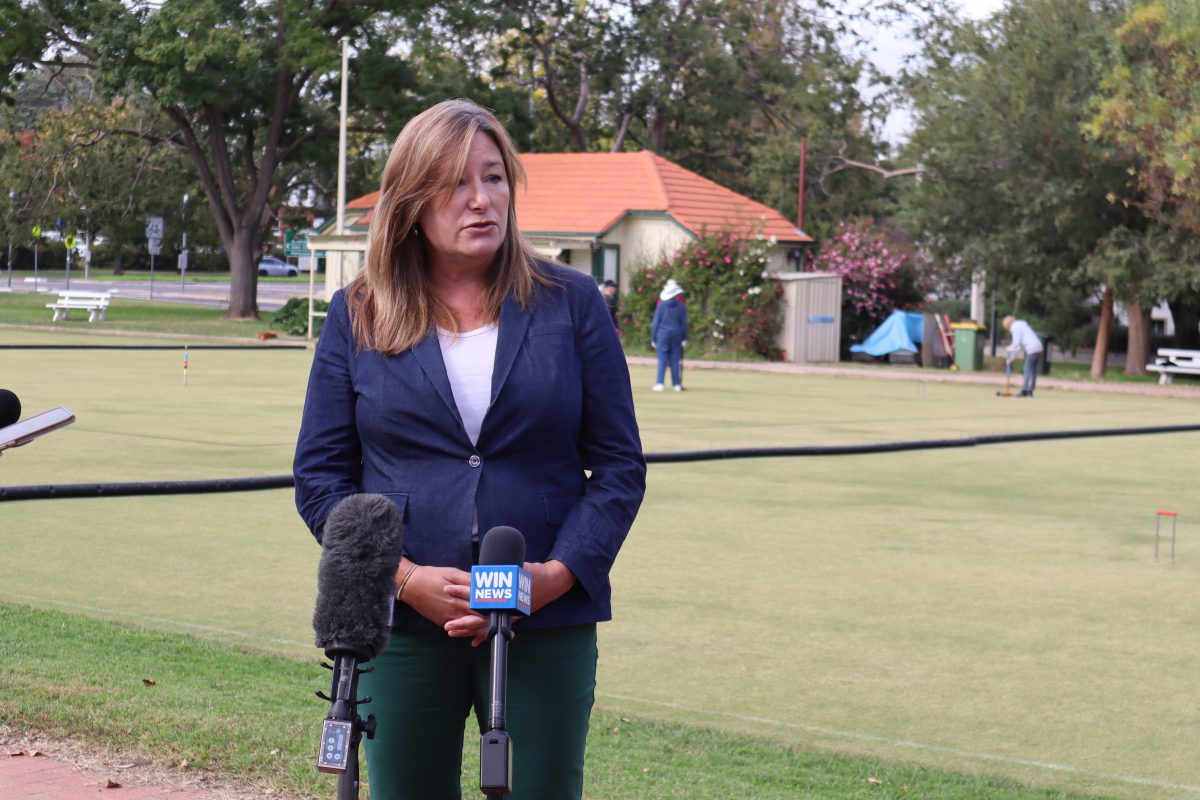
Minister for Education Yvette Berry has repeatedly acknowledged remote learning does disrupt families and parents. Photo: ACT Government.
Minister for Education Yvette Berry acknowledged another term plagued by periods of remote learning would be a challenge but urged the community to “buckle up”.
“I know everyone is really tired … [but] unfortunately, pandemics do last a long time,” she said.
“We need to buckle up and keep supporting each other as it’s not going to be an easy time.”
Ms Berry sought to assure parents that supervision at school will be available for vulnerable students or those who cannot be at home for any reason.
“When I say vulnerable, I mean, if you just feel at the end of your tether and you can’t stay at home anymore for lots of different reasons, then you are welcome to send your children to school,” she said.
Remote learning is employed in the Territory’s public schools when staffing absences get too high to manage through casual relief staff and Education Directorate support alone.
Earlier in the year, Ms Berry said it was her preference to go remote rather than teachers trying to “break themselves”.
The teacher staffing shortage existed before the pandemic and finding casual relief teachers to fill staffing gaps has proven an ongoing challenge for schools.
According to Ms Berry, every available staff member is being enlisted to help fill staffing gaps, but there isn’t a magic supply of teachers to draw upon.
“We’re having to change the way our schools work,” she said.
At the end of last term, a total of 34 public schools were impacted by remote learning due to the pandemic, with almost 40 per cent of these campuses affected multiple times.
Thirteen public schools were forced to send students home repeatedly, with the worst affected school, Amaroo School, forced to do so four times.
But only two schools – Black Mountain School and Macgregor School – had to send their entire student bodies home under the Education Directorate’s plan to manage the most critical levels of shortages.
Five other schools turned to remote learning three times throughout the term.
Twelve schools sent cohorts home repeatedly: Lanyon High School, Mount Rogers Primary School, Southern Cross Early Childhood School, Caroline Chisholm School, Kingsford Smith Primary School, Harrison School, Margaret Hendry School, Cranleigh School, Palmerston Primary School, Black Mountain School, Macgregor Primary School and Namadgi School.
One Catholic systemic school, Saint Francis Xavier College in Florey, sent Year 7 to 10 students home for one day a week for a period of four weeks from mid-May onwards.
Independent schools have also turned to remote learning to manage staffing shortages, with some sending classes or year groups home for various periods.
Executive director at the Association of Independent Schools of the ACT Andrew Wrigley said independent schools, like public and Catholic schools, had been prepared for periods of remote learning and accepted it was likely to happen.
“From the beginning of the year, every school in the ACT was waiting for the time when they would have to move to remote learning – even if they didn’t necessarily want to,” he said.
Next term, public and Catholic systemic schools will have two extra pupil-free days in Term 3, as they did in Term 2. These will be on Friday, 5 August, and Friday, 9 September.
It’s hoped these days will give teachers additional time to plan and some respite from the barrage of challenges the sector has faced over the pandemic.
But remote learning is unlikely to become a thing of the past any time soon.












